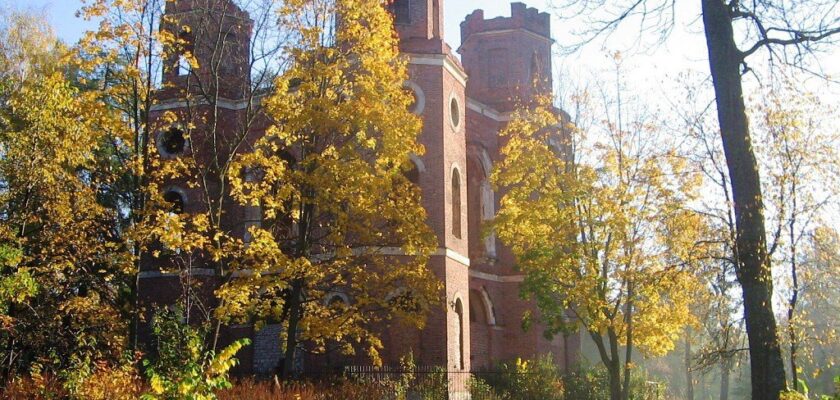Alexander Park in Pushkin
Alexander Park with an area of about 200 hectares is divided into a regular (New Garden) and a landscape park. One can enter the New Garden by the Great Chinese Bridge decorated with elegant vases, from which the linden alley – the main axis of the New Garden – begins. The intersection of the alley with a wide cut forms a cross, which divides the New Garden into four equal squares. In the left is a circular platform, from which rays diverge eight alleys, in the right in the XVIII century. were created picturesque ponds, the center of the third square is an embankment mountain “Parnassus”, and the fourth – the Chinese Theater.
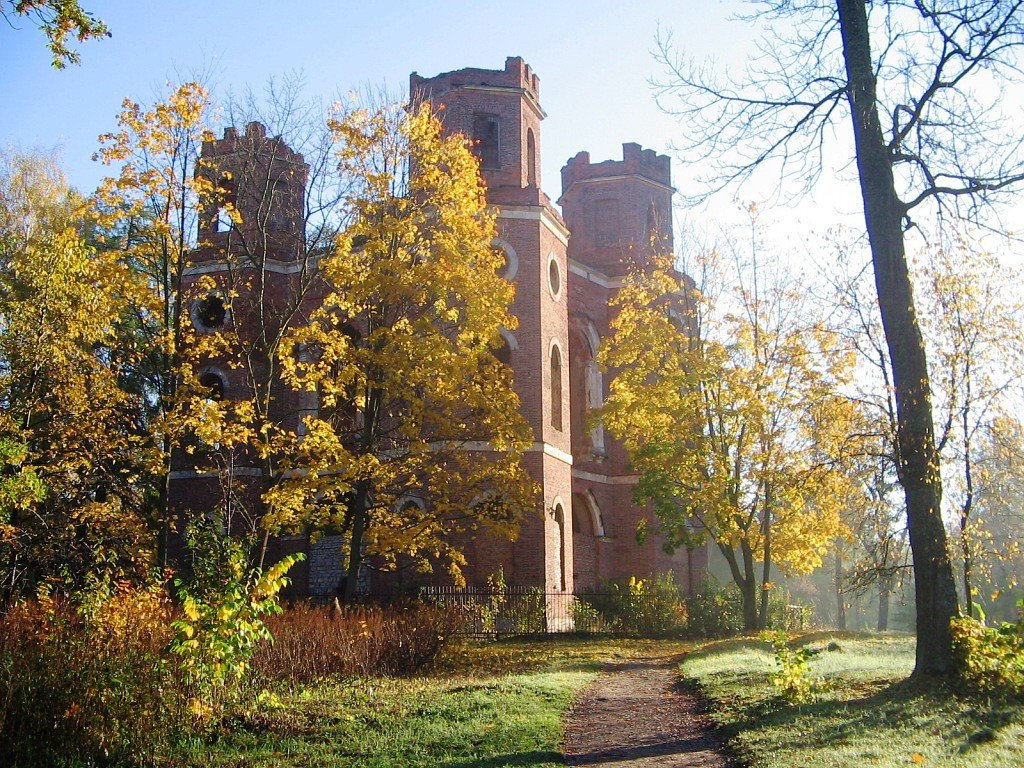
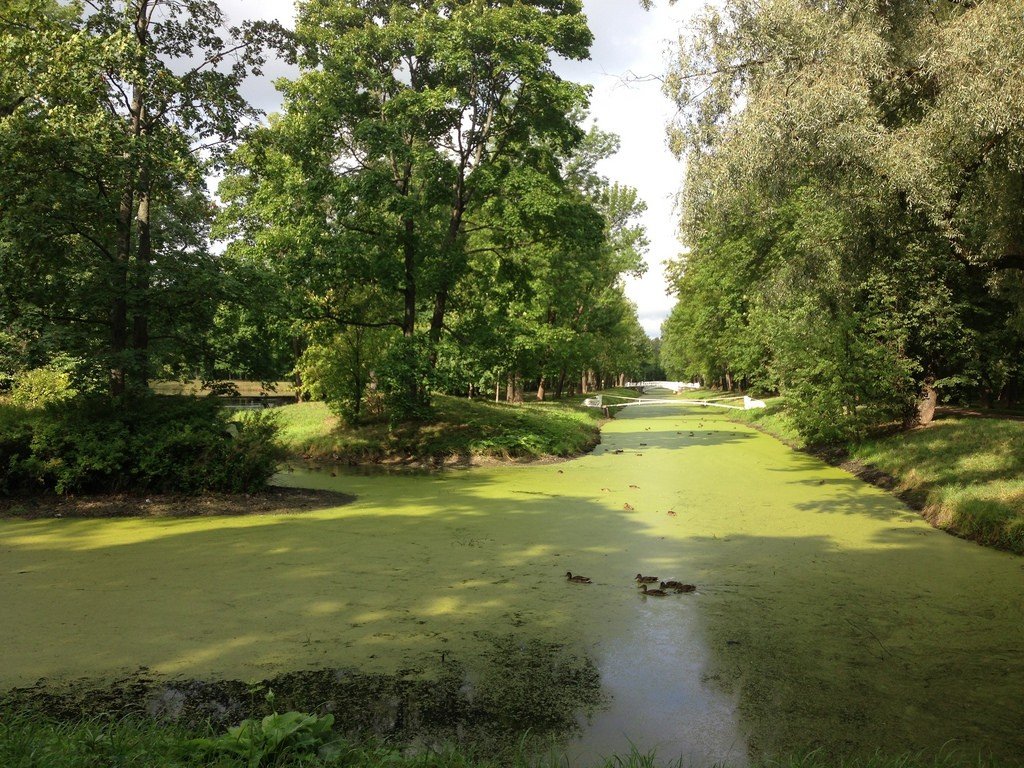
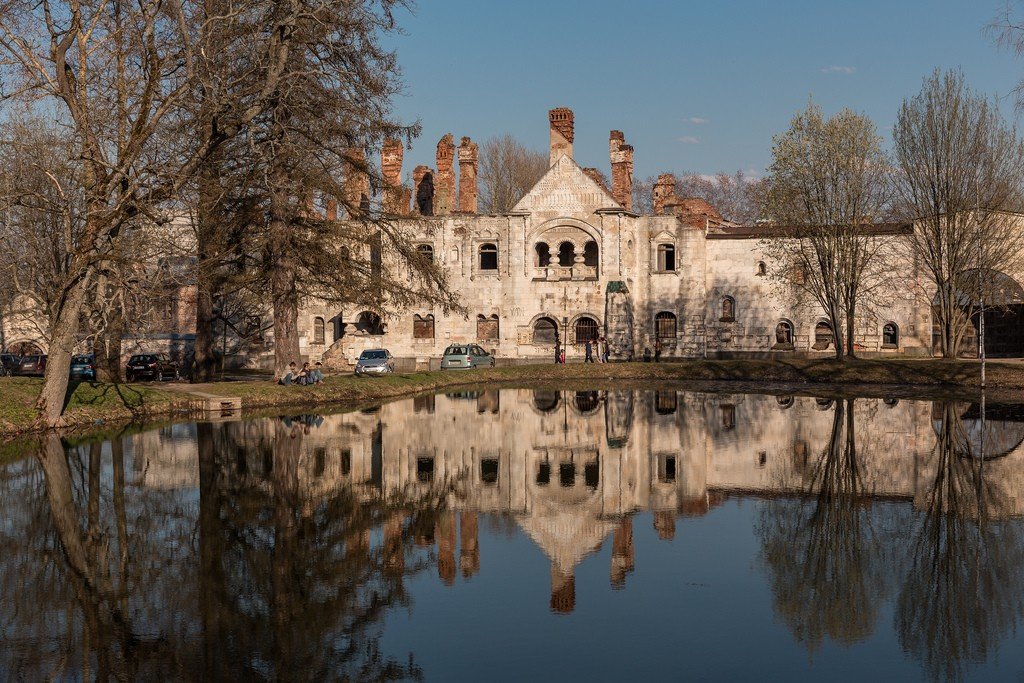
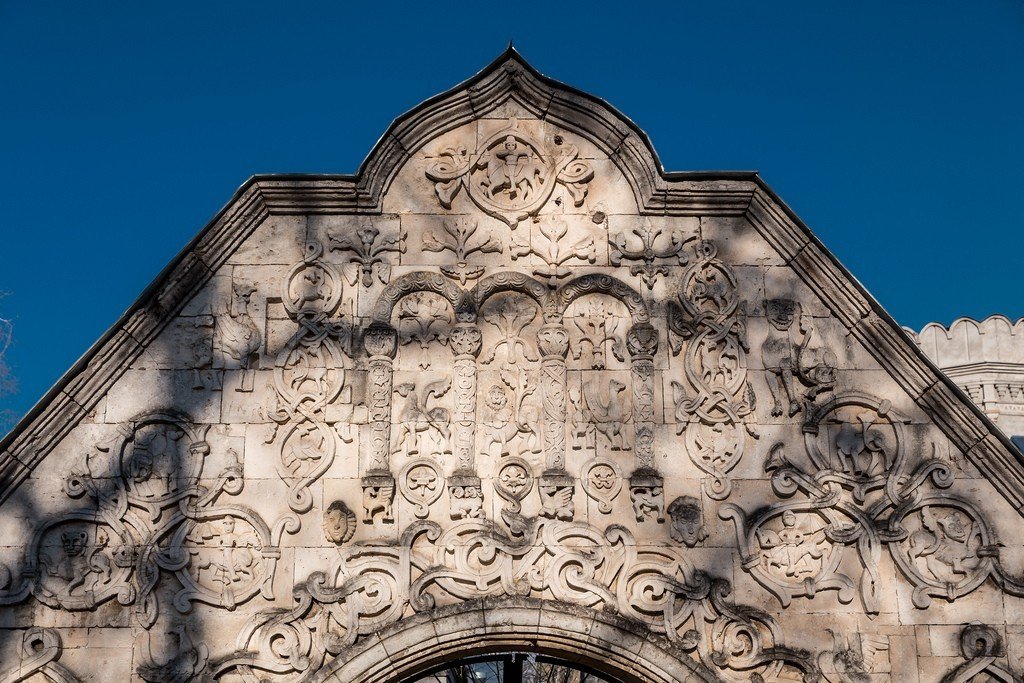
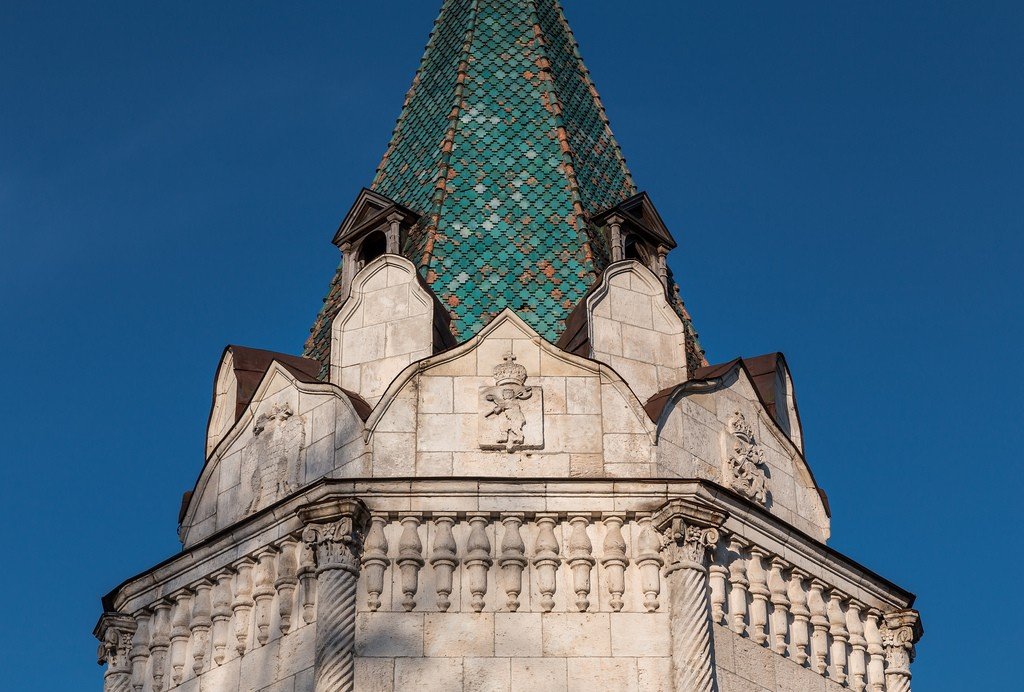
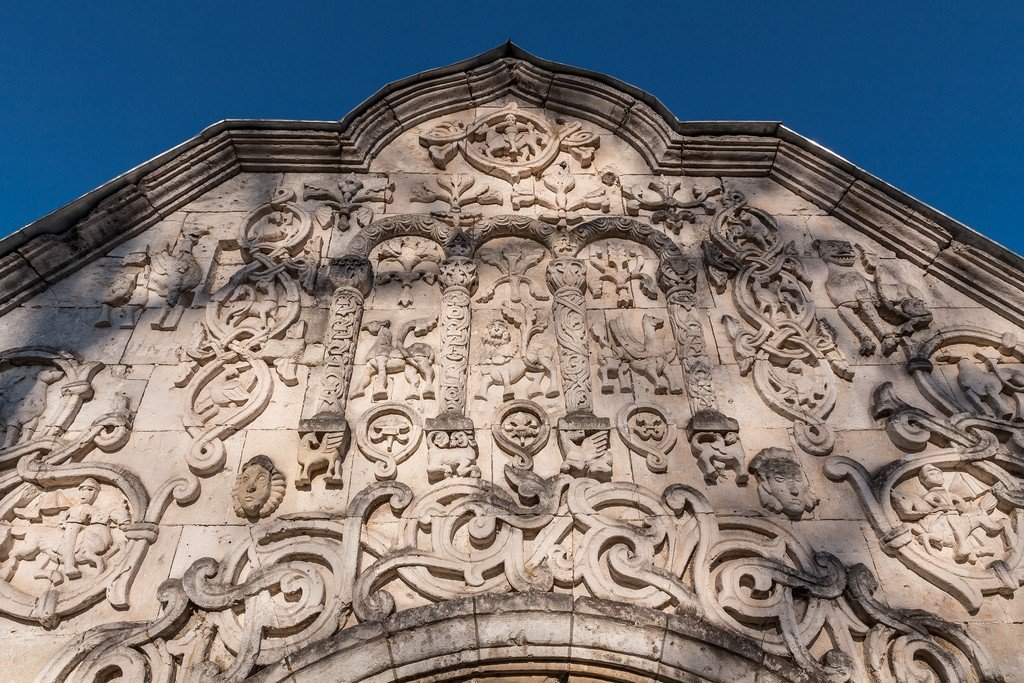

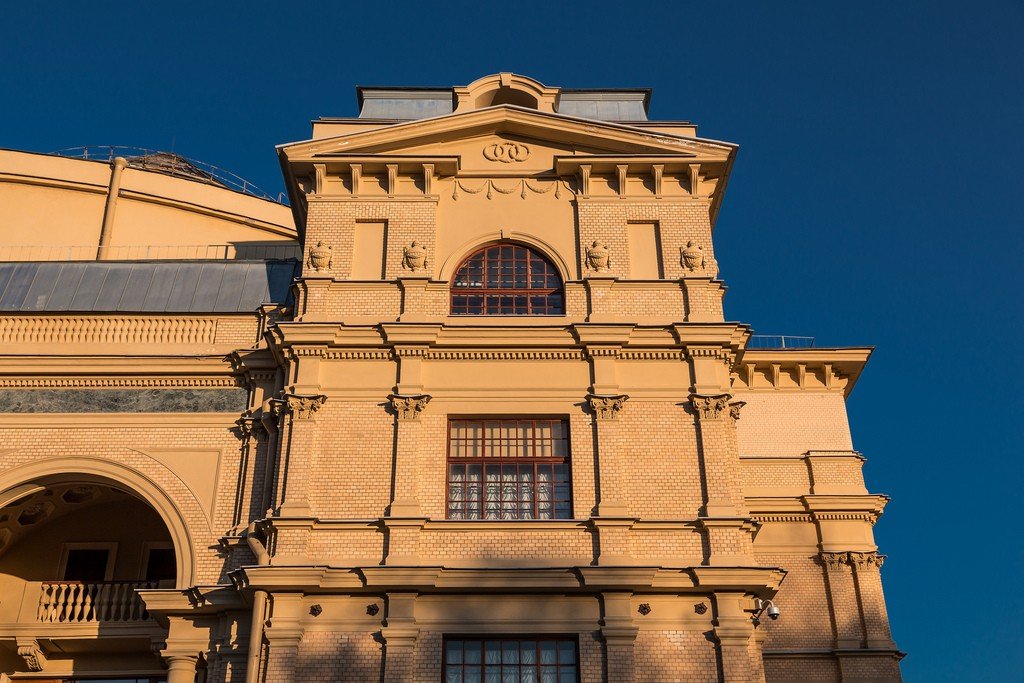
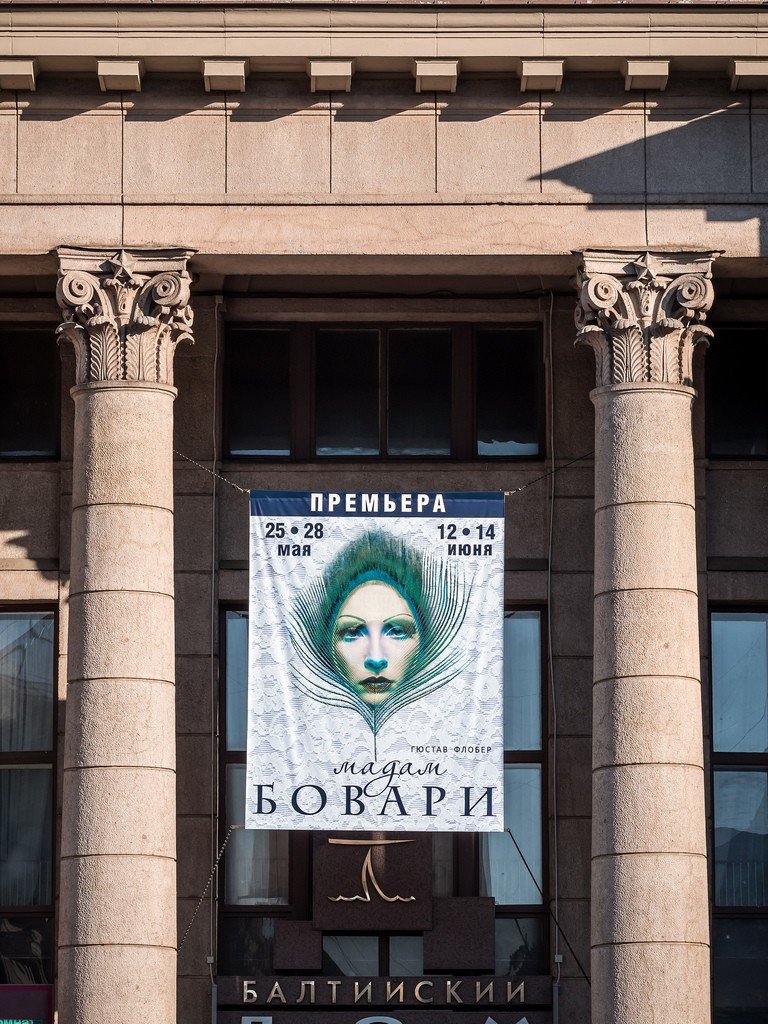

General information
The garden is surrounded on four sides by the Cross Canal. Across the Canal of the Cross is the Bridge of the Cross with an exotic octagonal pavilion topped by a curved “Chinese” roof painted to resemble fish scales. From the Bridge of the Cross, an alleyway leads to the Chinese Village, consisting of Chinese-style houses used as guest apartments. Next to it runs Podkaprizovaya Road – the western boundary between the Catherine and Alexander Parks. The road got its name thanks to two structures – the Big and the Small Caprises. Both of them are high artificial embankments with arched spans over the road. According to an old legend, the earthen arches were christened the Big and Small Caprises because Empress Catherine II, approving the estimates for expensive construction works connected with them, hesitated for a long time, and then said: “Be it so, this is my caprice” – and put her signature.
.When the Alexander Palace was built, the natural forest that grew nearby was turned into a vast landscape park with three ponds and mounds. Architect Adam Menelas in a short time built a whole complex of neo-Gothic buildings in the new park: reminiscent of the medieval donjon White Tower, Chapel – a pavilion in the form of a time-damaged Gothic chapel, the Arsenal, the Lama Pavilion, which contained llamas sent as a gift to Alexander I from South America, Pensioner’s Stables, where old honored horses lived out their days.
.
In the northern part of Alexander Park stands another palace with two centuries of history – Alexander Palace.
.In the mid-19th century, Babolovsky Park was joined to the imperial parks, which was named New Park. And in the early XX century between the Alexander Palace and the Egyptian Gate was built to accommodate the royal convoy Fedorovsky town – an architectural ensemble in the style of Old Russian stone chambers. Now it is in a rather abandoned state. But revived Fedorovsky Cathedral, where the Empress Alexandra Fedorovna often prayed in solitude. Here she mourned the death of Rasputin.
.